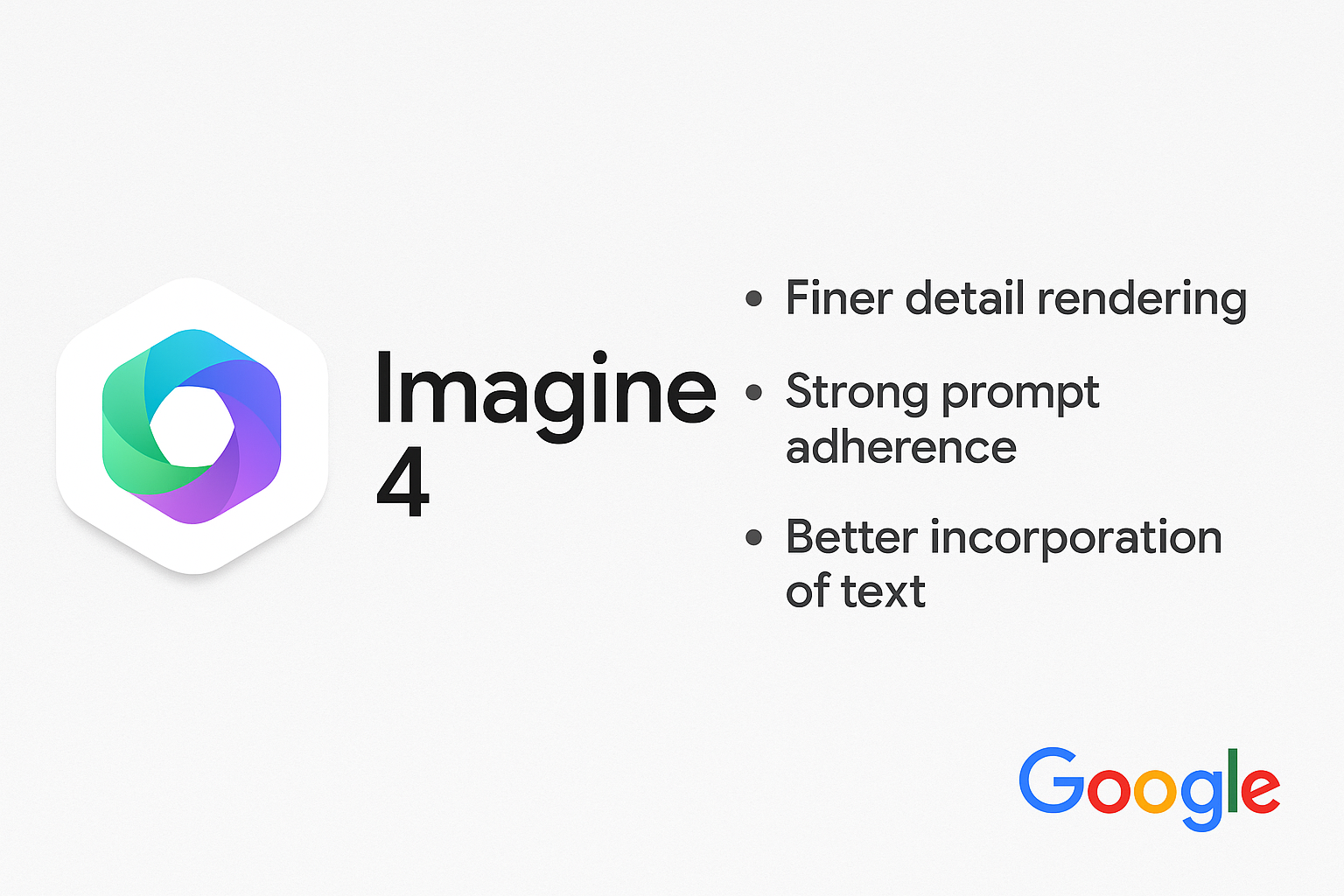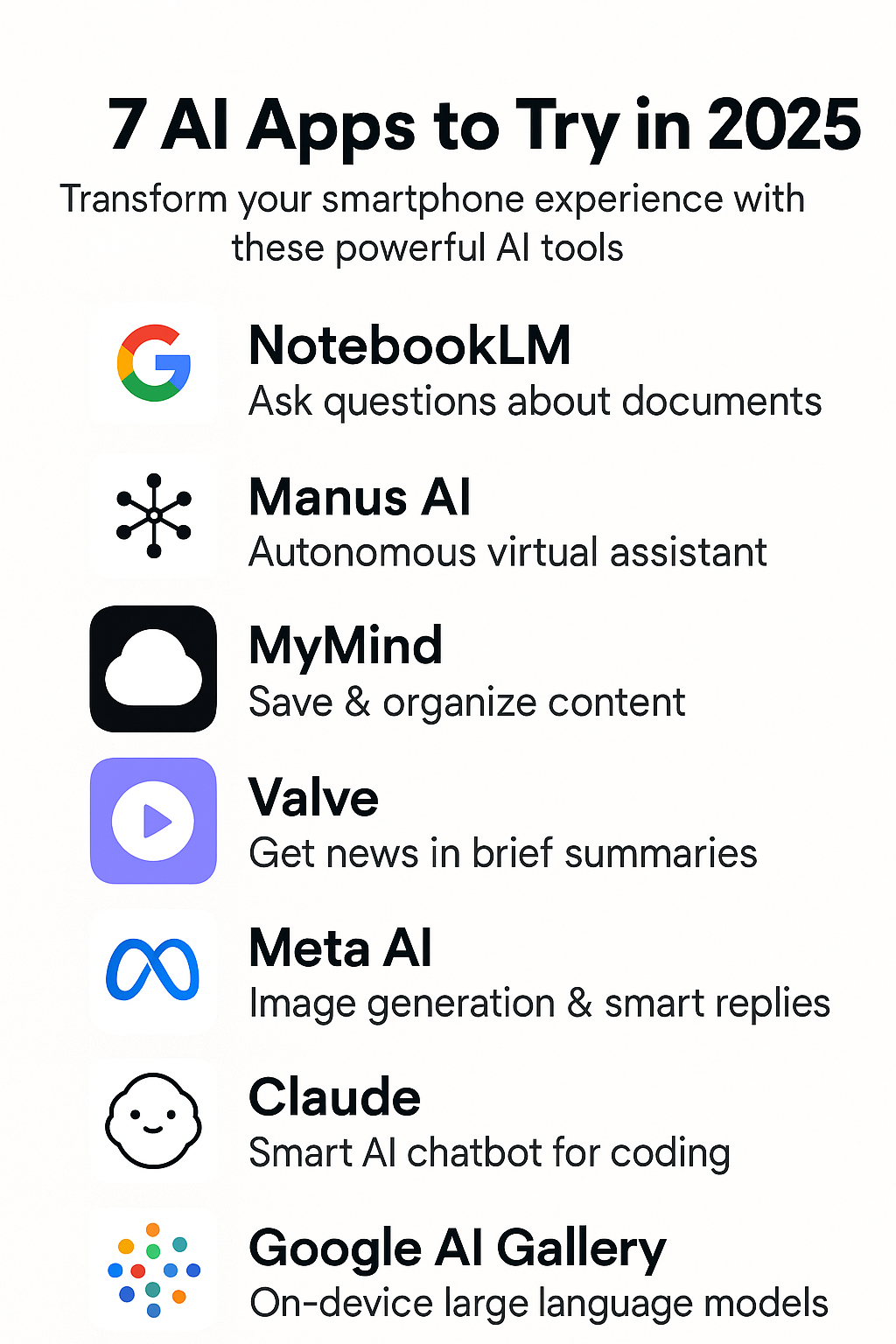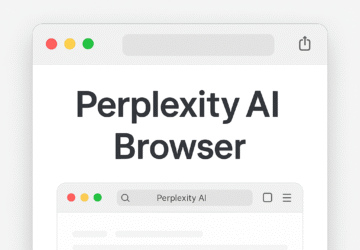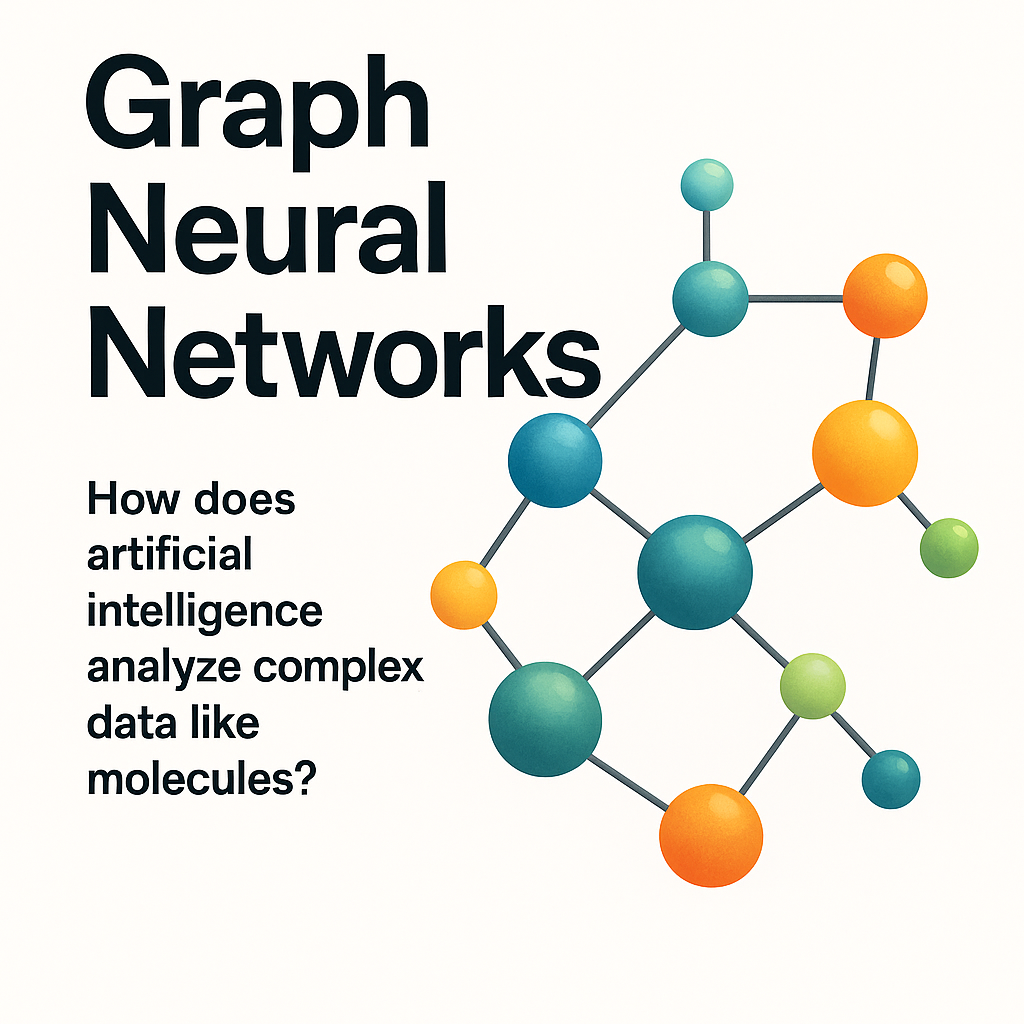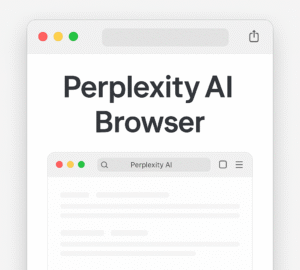Artificial intelligence has made remarkable strides in recent years — identifying cats in images, translating languages in real-time, and even writing code. But some of the world’s most complex problems aren’t found in neat rows of data or flat images. Instead, they lie in networks — dynamic webs of relationships, such as the chemical bonds between atoms in a molecule, the structure of social networks, or even the layout of a power grid.
This is where Graph Neural Networks (GNNs) step in.
🧠 What Is a Graph Neural Network (GNN)?
A Graph Neural Network is a specialized type of deep learning model designed to work with graph-structured data — data that represents relationships. A graph is made up of:
- Nodes (or vertices): Represent entities (e.g., people, atoms, users, products)
- Edges: Represent relationships or connections between entities (e.g., friendships, chemical bonds, interactions)
Unlike traditional neural networks that work on images (grids of pixels) or text (sequences), GNNs process data where structure and relationships matter most.
📌 Real-world example: A molecule can be represented as a graph where atoms are nodes and chemical bonds are edges.
🔬 How Do GNNs Work?
GNNs learn by message passing. Each node in the graph collects information from its neighboring nodes through the edges connecting them. Here’s a simplified overview of the process:
- Initialization: Each node and edge is represented by a feature vector (a set of numbers containing information).
- Message Passing: Each node gathers information from its direct neighbors.
- Aggregation: The node updates its own state based on these messages.
- Iteration: This process repeats for several layers or steps.
- Prediction: Once the graph is encoded, the model can predict properties of the graph, node, or edge.
Over time, the GNN learns global properties of the graph while still respecting the local structure of the data.
🧪 Real Applications of Graph Neural Networks
GNNs are not theoretical models anymore — they’re already revolutionizing key industries:
1. 💊 Drug Discovery
GNNs help predict:
- Molecular interactions
- Toxicity levels
- Binding affinity of drugs to proteins
Pharmaceutical companies use GNNs to simulate chemical reactions before any physical lab work, reducing costs and timelines significantly.
2. ⚡ Material Science
Scientists can use GNNs to:
- Model atomic interactions
- Predict stability, conductivity, or mechanical strength
- Discover new materials for batteries, semiconductors, or construction
This accelerates innovation in fields like renewable energy and electronics.
3. 🛒 Recommendation Systems
E-commerce platforms like Amazon or Netflix use GNNs to:
- Model user-product interactions
- Recommend content based on complex behavior patterns
GNNs outperform traditional collaborative filtering techniques by modeling multi-hop relationships in user data.
4. 🛡️ Cybersecurity
In fraud detection or network monitoring, GNNs can:
- Map and analyze interactions between users or devices
- Detect suspicious behavior based on patterns in graphs
This leads to faster threat identification and response.
5. 🚦 Traffic Prediction & Smart Cities
Transportation networks, electric grids, and city layouts are inherently graph-based. GNNs can:
- Predict traffic flow
- Optimize energy consumption
- Enable smart infrastructure planning
🧬 GNNs in Molecular Simulation: A Game Changer
Traditional molecular simulations are computationally intensive, often taking hours or days to process. GNNs can simulate interactions:
- At the atomic level
- In real-time or near-real-time
- With higher precision and lower cost
This allows researchers to explore billions of molecular combinations and predict which ones will succeed — all without ever stepping into a physical lab.
💡 Why GNNs Matter (Beyond Science)
GNNs aren’t just academic tools — they offer a new paradigm in AI reasoning:
- Understand complex systems like social networks, financial transactions, and biological ecosystems
- Discover hidden patterns in relational data
- Make more accurate predictions in interconnected domains
As industries become more connected and data becomes more complex, GNNs are becoming essential tools for AI practitioners and data scientists.
⚙️ How GNNs Compare to Other Deep Learning Models
| Model Type | Best For | Limitations |
|---|---|---|
| CNNs (ConvNets) | Images, spatial data | Poor at capturing relationships |
| RNNs/LSTMs | Sequences (text/audio) | Not relational; hard to scale |
| Transformers | Text, language, code | Computationally expensive |
| GNNs | Graphs, relational systems | Needs structured data |
GNNs shine when relationships between entities are more important than the entities themselves.
🔍 Challenges in GNNs (And What’s Being Solved)
- Scalability: Graphs can get large; research continues to make GNNs faster.
- Interpretability: Understanding what a GNN has learned is harder than with other models.
- Data availability: Building accurate graph datasets requires domain expertise.
Despite these, advancements in graph sampling, attention mechanisms, and hybrid models are making GNNs more powerful and accessible.
📈 The Future of Graph Neural Networks
GNNs are part of a larger trend toward reasoning-based AI — systems that not only learn patterns but understand why patterns exist. Their use will likely grow in:
- Healthcare
- Quantum computing
- Financial modeling
- Smart manufacturing
- Robotics and autonomous systems
As we move toward a world shaped by AI-driven discovery, GNNs will play a key role in modeling the invisible connections that define complex systems.
📝 Final Thoughts
Graph Neural Networks are a transformative leap in AI, enabling machines to understand the complex webs of interactions that define our world — from molecules to markets. Whether you’re a researcher, developer, student, or business leader, understanding GNNs offers a window into the next era of innovation.
In a world where relationships are as important as data points, GNNs are the future.
